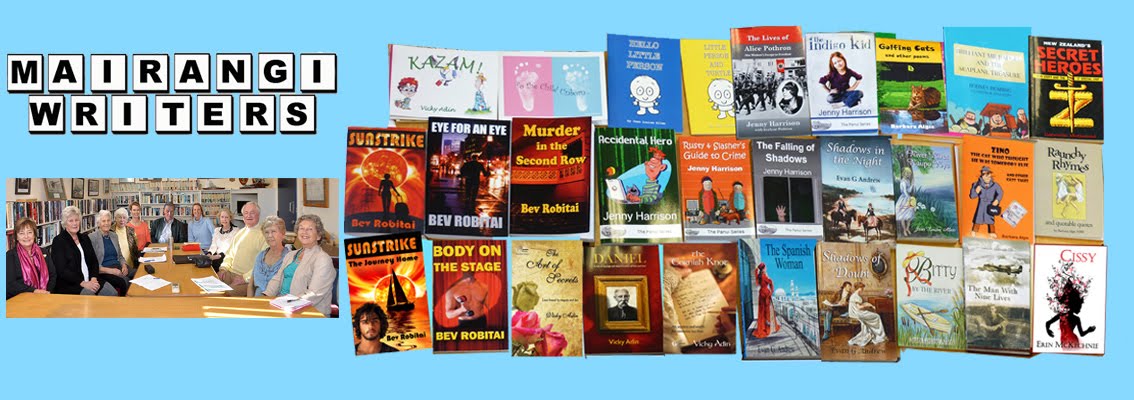Traditionally, design specialists will tell you that before the story starts you should have a half title page - that only has the title on it – not the sub-title, log line or author name. Next comes a blank page, or frontispiece - illustration, series title, books by this author (on the reverse side) followed by:
Title Page – with log line and author name.
Copyright page
Dedication
Optional pages that should be included – dependent on whether it’s fiction or non-fiction:
Table of Contents (but never a list of chapters with no heading, setting or date)
Table of Illustrations
List of Tables
Forward
Preface
Acknowledgements
Introduction
Prologue…
Got the idea? There’s heaps of them.
The problem with this format and therefore, formatting e-books, is that readers want to get on with the story. If they have downloaded a sample of say 10 or 15% only to find that much of that sample is lost with what to them is irrelevant, then you have likely lost them for good. Don’t take the risk.
With a print book, it is much easier to flip the pages over and start the story at page 1. With an e-book, yes, you can push the button or touch the screen and turn the pages, but often these starter pages are double-sided, so one page in a print book equates to two in an e-book.
Even if you only have the top list – half-page, frontispiece, title page, copyright page and dedication, that’s five clicks to turn the pages. Add in acknowledgements, a contents page, maps, images, timelines or anything else and it could be as much as ten or twelve pages to wade through before you get to the story.
There is a high risk that the potential reader will be turned off by all this pre-story information. If they are unable to read enough of the story in the sample to decide whether to buy it or not, many will not bother.
These days the argument is in favour of putting as little at the front of your book as possible. The acknowledgements can go at the back, so too can images, timelines and other such references. Information about the author, additional information adding to the background of the story, and other books by the author can and should now be placed at the back. Let the reader get to your words – the ones that will excite, enthral or scare them.
Which brings me to the argument of To Prologue or Not to Prologue.
The dictionary definition of a prologue is: a separate introductory section of a literary, dramatic, or musical work. And synonyms include introduction, foreword, preface, preamble. You can give it pretty much any name you like and it all adds up to the same thing.
There is a school of thought that believes prologues and epilogues frame a good story. Prologues are designed to foreshadow events to come, add excitement and tension, put context to an event that occurs outside of the story line but may have relevance or offer a different perspective, often by a character whose point of view is not in the main story.
These are valid points, but do they fit today’s readers who are short of time and want action in the first few paragraphs? As authors, we want to make sure readers keep turning the page.
You need to ask yourself:
Why do I need a prologue?
What is my purpose for using one?
Is the information necessary?
Will it move the story along?
Is it exciting enough?
Because if the answer is no to any of the above, then why would a reader bother with it and if they don’t and skip it anyway, why is it there?
An epilogue is defined as: a section or speech at the end of a book or play that serves as a comment on or a conclusion to what has happened. Synonyms include: afterword, postscript addendum.
Sometimes an author may decide that the ending of the story leaves too many loose ends and will choose to write an epilogue that ties up all those ends. Again, ask yourself why? Do all stories need to have a neat, tidy, happy-ever-after ending?
If the ending is so ambiguous that readers wonder why it has ended right there, than have you, as the author, written the best ending you can? If you think you need an epilogue, then take a look at your last chapter first and see if you can rewrite it with a better ending. If you think the epilogue adds something to the story, or is a precursor to the next book, then epilogues are a more viable option.
By the time the reader has reached the end of your story, if they liked it, and your authorial voice, then they are more likely read the extra bits of information you’ve supplied.
Question: What should be at the front of your book?
Answer: As little as possible.
Get on with the story.
Vicky Adin
